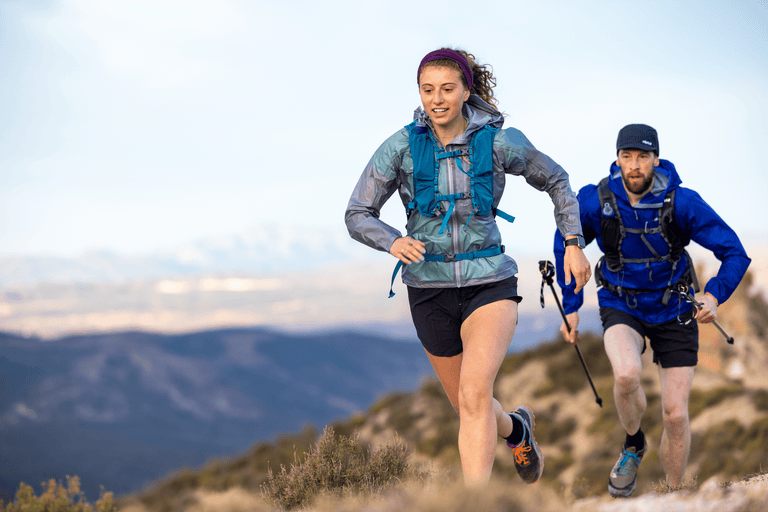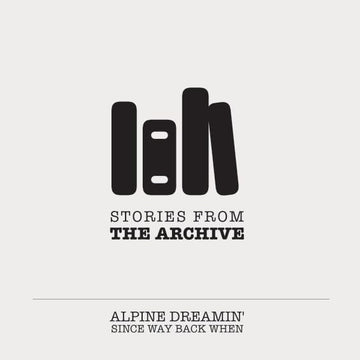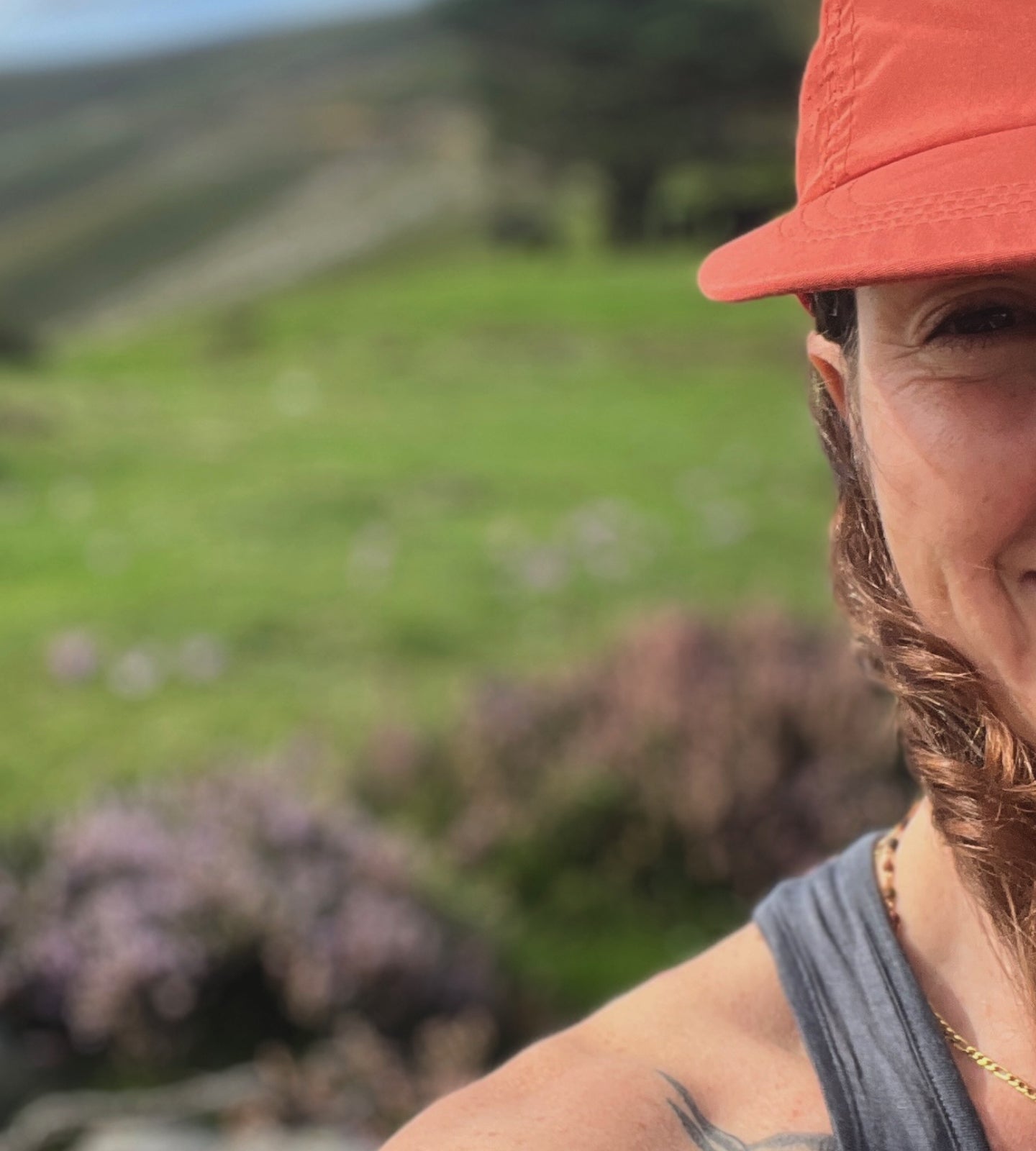
We love getting postcards from our customers. Emily Ackner recently walked the Camino trail in Spain and was kind enough to send us over a few words and pictures.
It was my third attempt at setting up camp that evening: the first thwarted by excessive winds, the second a territorial farmer. Sun flaring low through the trees ahead, I wound up and over the brow of the hill until, with relief, flat ground presented itself and I made a home amongst the bracken. There was just enough space beside the path to nestle in and welcome ferns as friends after a long day of exposed hiking with little shade and no conversation. I brewed a tea and clicked on my head torch to gather the bags and bits strewn around me in a routinely chaotic fashion. With the unease of my earlier attempts ebbing away into the dry air, I found it calming to tidy ready for a dawn departure.
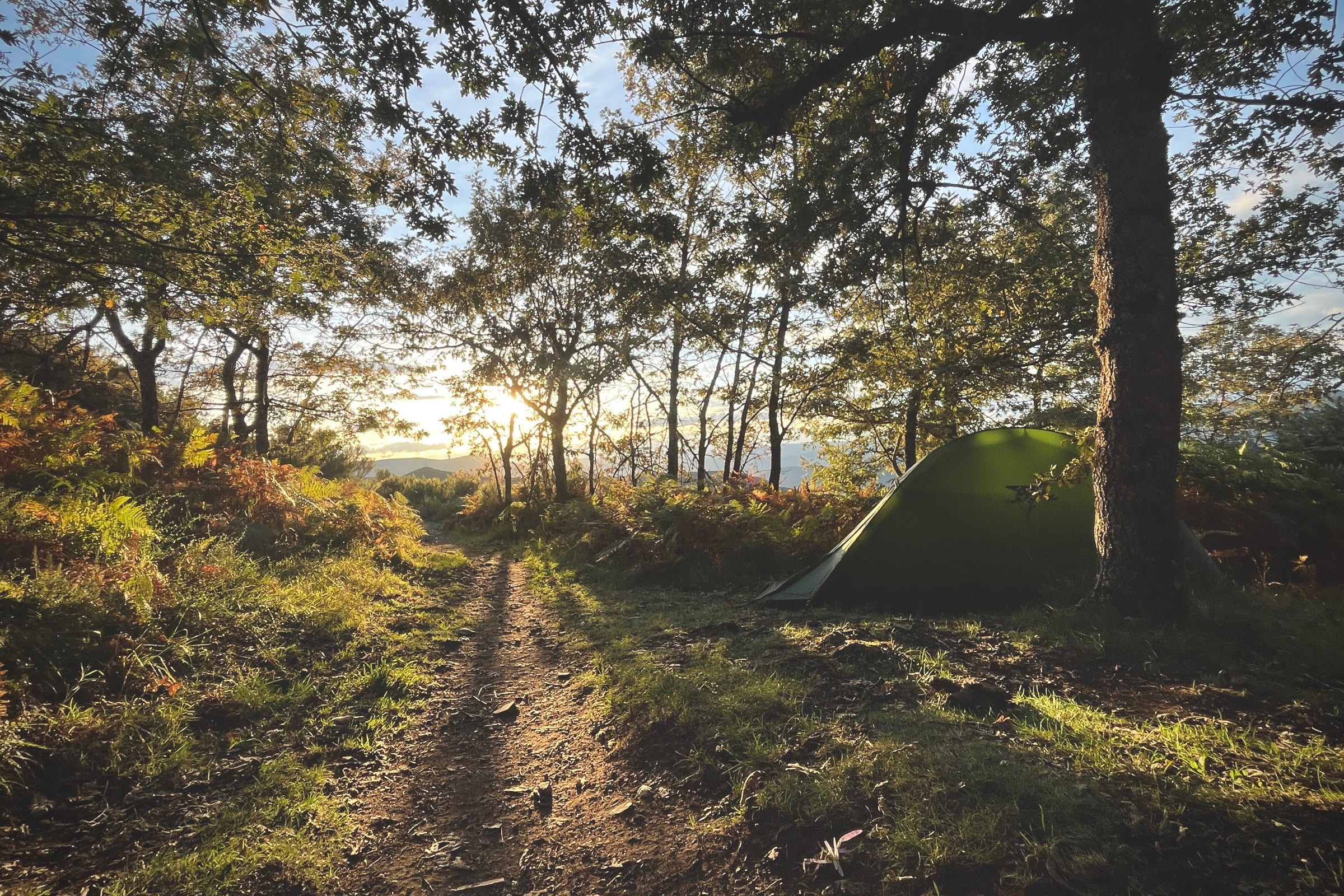
I’d chosen solitude for this section of the journey, and as I shuffled into my sleeping bag and tried to settle, I felt a pang of longing for a reassuring ‘sleep well’, the dim glow of a mobile phone, or even the gentle snores I’d drifted off to the night before. I wondered how many more kilometres ahead my new friends had hiked that day and began a soporific game of quick maths as to how and when I could catch up with their fast pace. I nudged myself gently back and away from the calculations; I knew I’d meet them again and I’d do so on my own timeline.
El Camino: it’ll find a way of giving you what you need, not what you want.
It wouldn’t be the last time that this lesson echoed in conversation en route. The words hung for a moment and I thought about what the 320kms of rocky Spanish terrain had in store. We were hungry for the tomato tostadas laid out in front of us, but patient and present, freshly washed and weary, we waited and listened to how we’d each come to be here walking the Camino de Santiago. I felt a surprising closeness to these previously unknown folk who, for this brief moment in time, were all pilgrims on the same path, wandering for a while. I knew that tearing myself away, or more accurately dropping back from them, would be tough. The bitter sweet truth of travel is that with any departure after close connection, heaviness lingers. It smarts, but there is excitement too in striking out alone. It’s why, despite the abundance of hostels, I’d come prepared to camp. I didn’t know how I’d feel about the shared spaces, endless possibilities for conversation, or walking alongside others for extended periods of time. The thought of it induced slight anxiety. I stayed up a while that night to take in the sky and the silence, welcoming it before returning inside to a dark room filled with gentle breath and rhythmic snores.
Hiking solo since sunrise, I’d begun the ascent up onto the Hospitales Route ridgeline away from the comfort of woodland shade. Stopping to readjust my rucksack - extra-weighty with enough water to see me through 36 hours in unseasonably hot temperatures - I watched as my companions stretched ahead and out of sight. We’d spread out gradually, walking at our own morning paces, and as such hadn’t said goodbye. I’d come to understand that this wasn’t expected or necessary on the Camino; the journey was your own, there were no expectations of it being shared. “Thank you for the time you’ve gifted me on the path,” was a wonderful sentiment that I’d later come to hear from a Canadian pastor who I had walked alongside for an hour on a particularly gruelling afternoon. His words both distracted me from the discomfort in my heels and reminded me that time spent with another is a generous gift for which to be grateful.
The terrain on the Camino Primitivo is varied in nature but consistently beautiful. As the oldest of the Camino routes, elemental and largely untouched, the magic of its history is ever-present. Woodlands of ancient oaks and tall pines are constant topographical features on the traverse across both autonomous regions of Asturias and Galicia, whilst crooked slabs of upright stone line the path. So important these seem to be, that when gravel turns to tarmac, they remain, albeit subtly embedded in walls and houses. Earth, roots and rock underfoot polished by centuries of committed pilgrim footsteps. The path has aged well - evidently the wise keeper of many stories and secrets.

Shaking down and packing up at first light, I thanked the land for providing safe refuge (as is customary) and set off unusually uncaffeinated to make up some ground before stopping for breakfast. I grimaced at the twinge in my left shoulder and tightened the hip straps on my rucksack. I had underestimated the physicality of the challenge, distracted instead by logistics and stage-planning. Climbing up and dropping down felt familiar - my Cornish coastal path home had semi-prepared me for that - but I’d neglected to account for the extra strain a loaded pack puts on the body. I’d been here before. This struggle felt familiar; the first wobble of previously surefooted confidence, that I could complete this journey and come out unscathed.
Walking alone, I had time to tune into my own pace. As a late-morning starter (rarely before sunrise) my finishes reflected this too. I trusted my legs to speed up and gain ground, but when they did I was met with rising frustration. I might have once chalked this up to a fear of missing the imaginary mark, but nowadays I find rushing a tremendous waste of an experience. I attribute greater value to slowness and am less interested in testing my limits. I would rather carve out time for curiosity and space for feeling. I don’t want to pass by the details in a blur.
And so I decided to pause more, permitting myself moments to lean against ancient mossy walls and enjoy vista breaks, converse with friendly cats in Spanish, stop a few kilometres short when needed. The days were long but full as I wandered, snapped, sketched and dawdled my way toward sunset, collecting conversations and life-stories as I went. As it turned out, we all had.
It took three more days to catch up with the group, my ‘Camino family’ that I’d bonded with over tostadas. I’d missed their warmth and conversation, but the reunion felt all the sweeter for our time apart. And so we continued on, both together and apart, comfortable with our different paces, knowing we’d regroup at the end of each day to share stories, reflections and tapas.
It’s hard to see the proverbial wood for the trees, especially when you’re walking amongst them. Without much warning the Eucalyptus thinned and disappeared. I didn’t feel ready to end my Camino journey when I touched the stone wall of the cathedral in Santiago de Compostela after sunset. It was a stark contrast to the nature-steeped path I’d felt at home on for the last 11 days and if time had allowed the extra 89kms to Cape Finisterre would’ve happened in a heartbeat.
If in doubt. Keep walking ~ Hamish Fulton (walking artist)
The Camino had offered so much in such a short period of time - a constantly moving oasis of calm, self-reflection and connection. It gave me what I wanted, a very long walk through new and dramatic landscapes; and exactly what I needed, a lesson in the power of community over struggling solo. I’d travelled alone and I’d travelled in company; walking, talking, listening, laughing and supporting. We’d said goodbye with hugs that felt final but hearts that hoped they weren’t. I think deep down, we all found solace in the well-known fact - amongst pilgrims at least - that there will always be one more Camino to walk.
Words & photos by Emily Ackner
The Camino de Santiago, also known as the Way of St. James, is a network of ancient pilgrim routes stretching across Europe and converging at the tomb of St. James in Santiago de Compostela, in northwestern Spain.
The Camino de Santiago captivates hikers worldwide with its unique blend of physical challenge, spiritual enrichment, and cultural immersion. Traversing stunning landscapes across Europe to the revered site of Santiago de Compostela, it offers an unparalleled journey back in time through quaint villages, historic cities, and breathtaking natural beauty. Pilgrims from diverse backgrounds are drawn to the Camino for personal reflection, a sense of community with fellow travelers, and the fulfillment of completing an ancient pilgrimage route. This multifaceted experience promises not just a physical trek but a transformative journey, making it a coveted adventure on many hikers' bucket lists.
The best time to walk the Camino de Santiago tends to be during the spring (April to June) and autumn (September to October) months.


![Definition [Mens]](http://alpkit.com/cdn/shop/files/Definition-men-2.jpg?v=1760030579&width=768)

![Definition [Womens]](http://alpkit.com/cdn/shop/files/Definition-women-3.jpg?v=1764162500&width=768)
![Balance [Mens]](http://alpkit.com/cdn/shop/files/balance-mens-2025-reef.jpg?v=1764160608&width=768)
![Balance [Mens]](http://alpkit.com/cdn/shop/files/Balance-mens-2.jpg?v=1765290834&width=768)
![Balance [Womens]](http://alpkit.com/cdn/shop/files/balance-womens-2025-black.jpg?v=1764160433&width=768)
![Balance [Womens]](http://alpkit.com/cdn/shop/files/Balance-womens-3.jpg?v=1765272052&width=768)
![Fortitude [Mens]](http://alpkit.com/cdn/shop/files/fortitude-mens-2025-alder.jpg?v=1763659494&width=768)

![Fortitude [Womens]](http://alpkit.com/cdn/shop/files/fortitude-womens-2025-alder.jpg?v=1763659499&width=768)

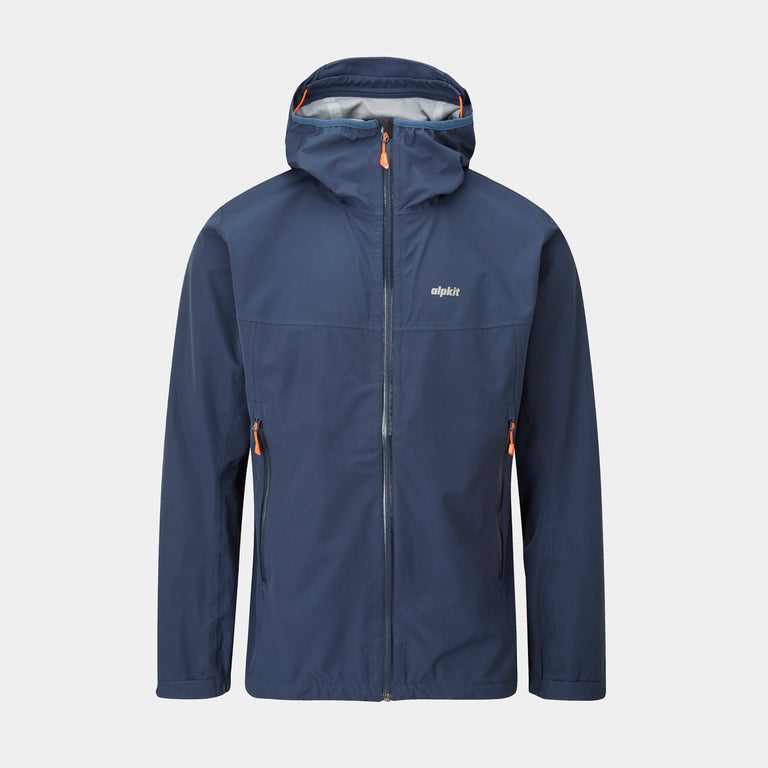
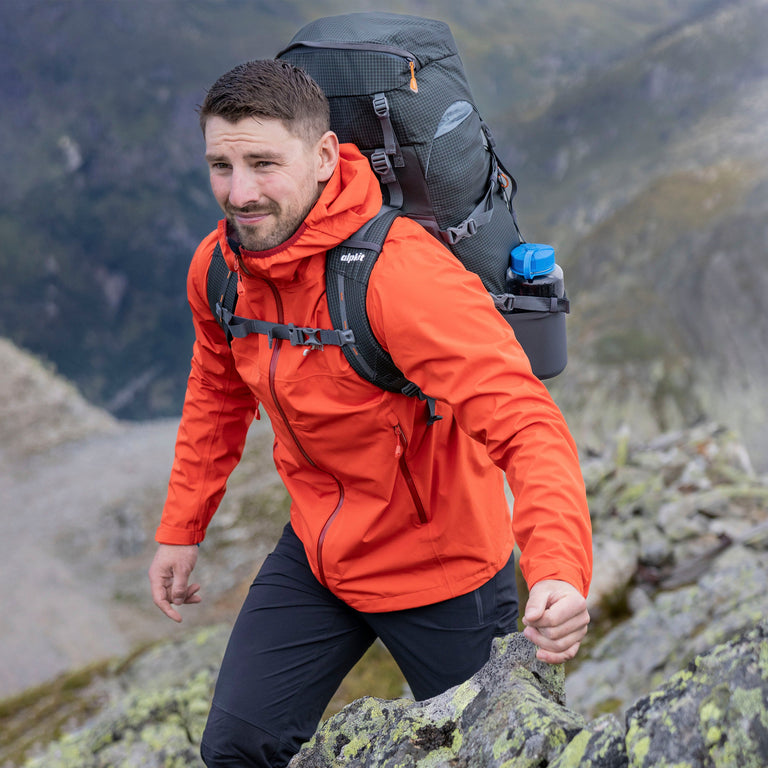

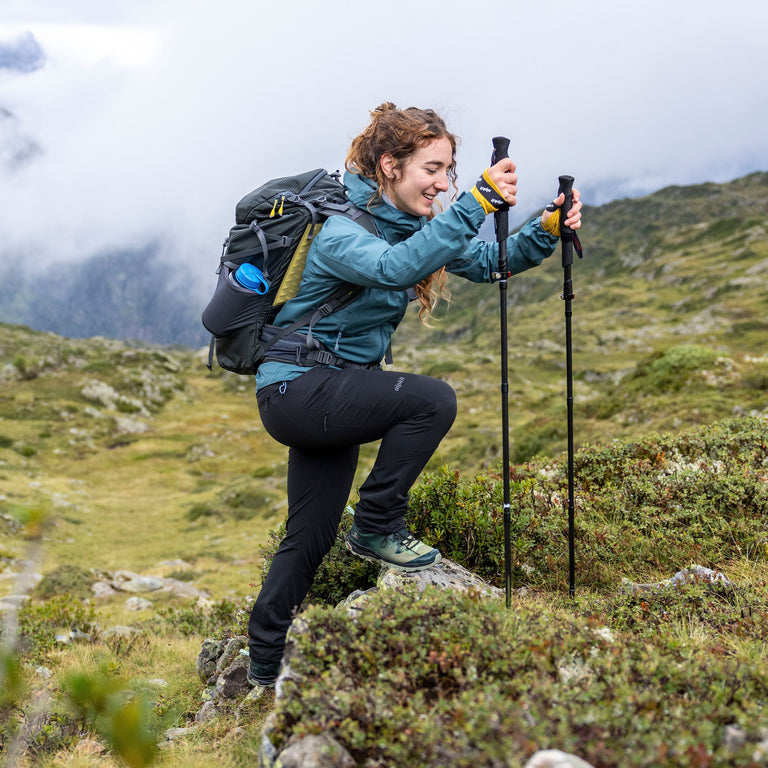


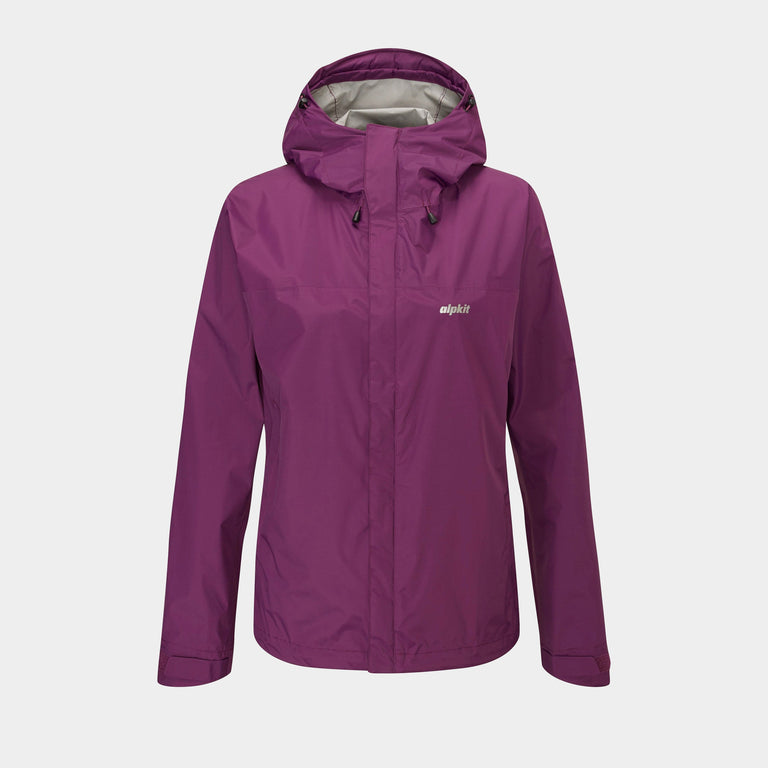
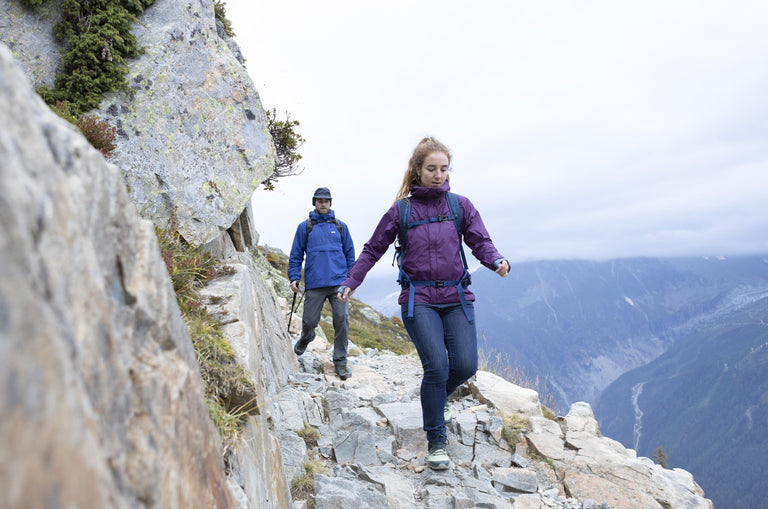
![Gravitas [Mens]](http://alpkit.com/cdn/shop/files/mens-gravitas-2025-chilli.jpg?v=1764948171&width=768)
![Gravitas [Mens]](http://alpkit.com/cdn/shop/files/gravitas-location-1-RETOUCH.jpg?v=1765452161&width=768)
![Gravitas [Womens]](http://alpkit.com/cdn/shop/files/womens-gravitas-reef.jpg?v=1722461253&width=768)
